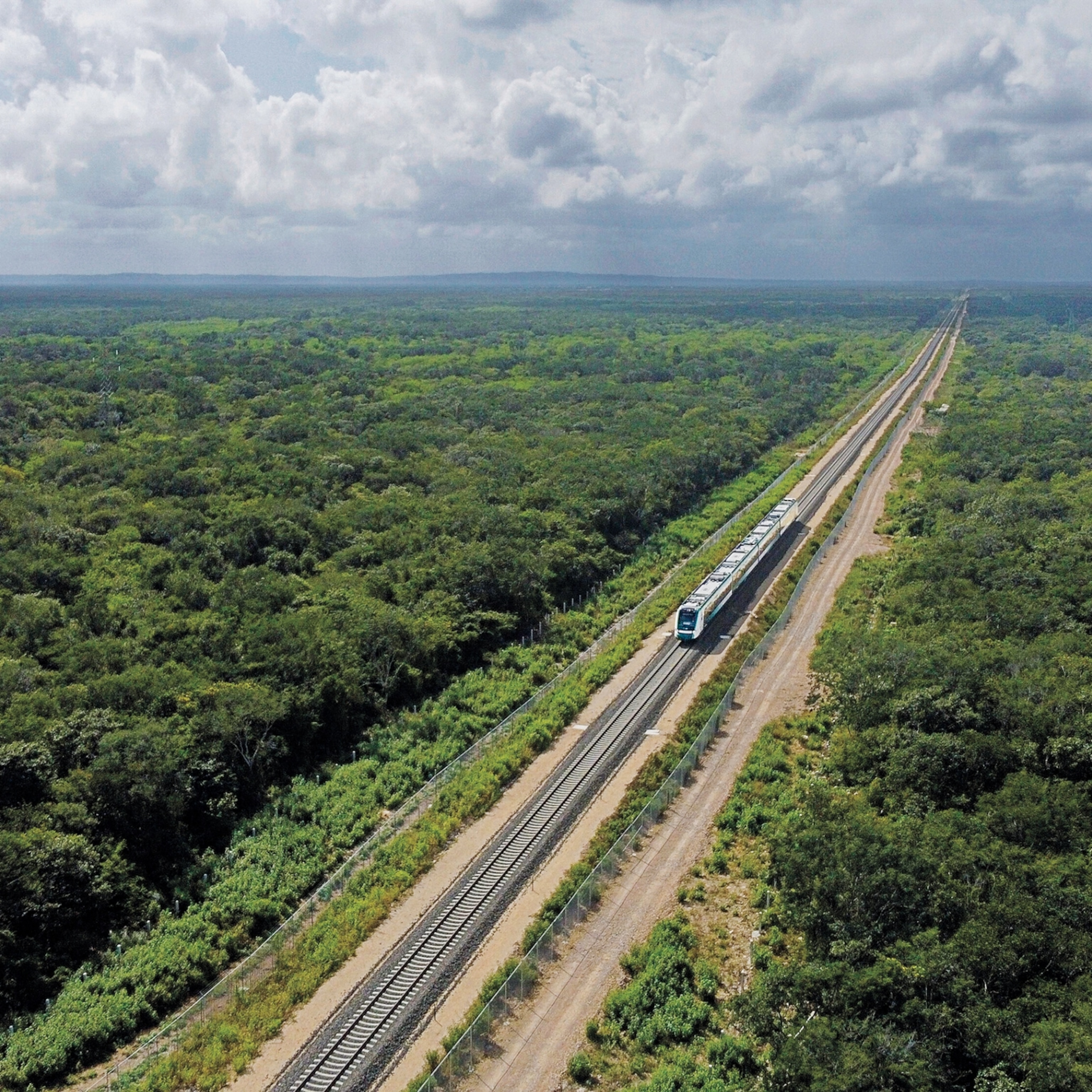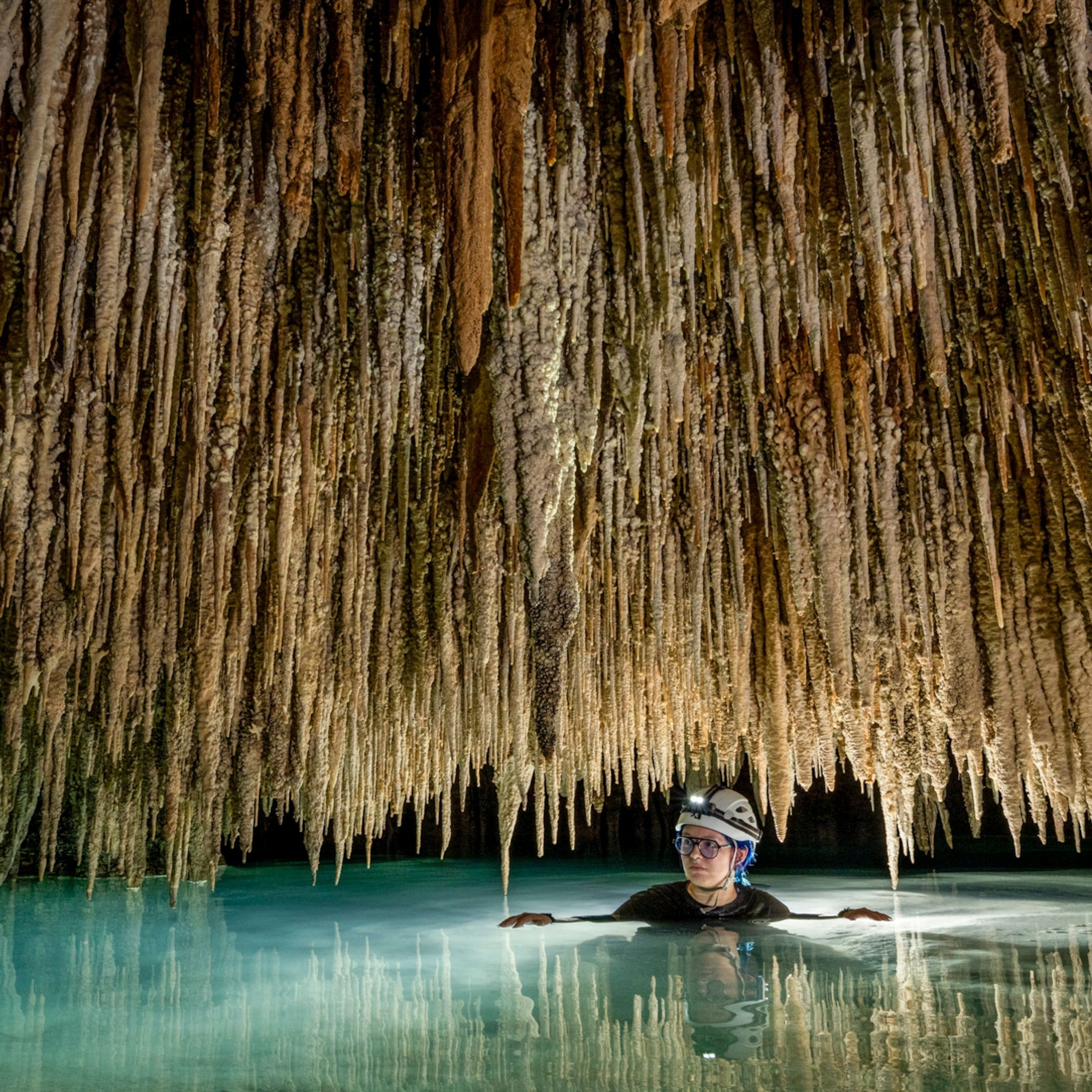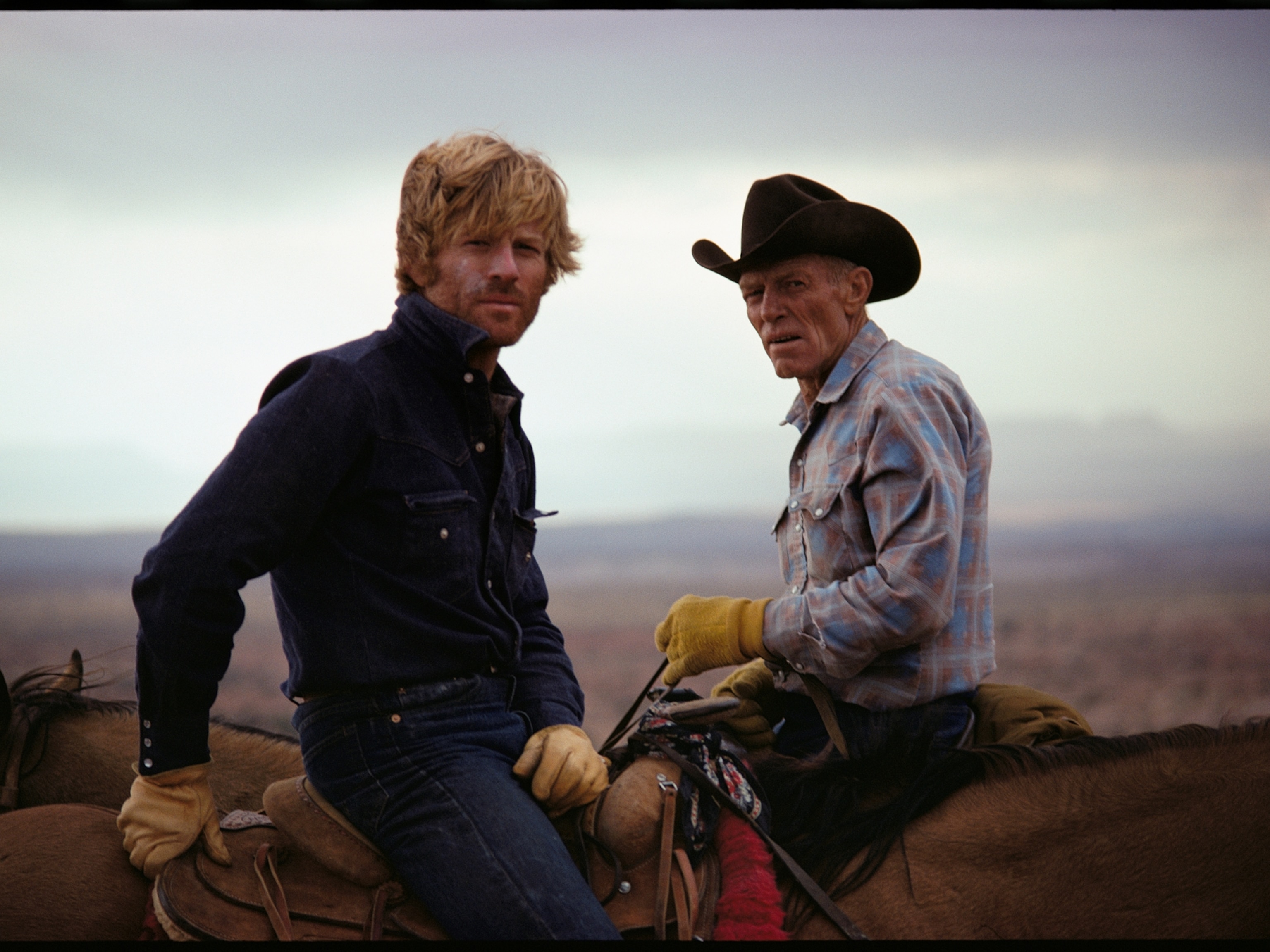
Inside the risky cave dive that rescued a Thai soccer team
“There was no Plan B.” Meet the extreme diver behind 'The Rescue.'
In 2018, when 12 members of a boys’ soccer team and their coach were trapped by rising floodwaters deep in Thailand’s Tham Luang cave system, an expatriate British cave explorer handed Thai authorities a note with three names on it: Rick Stanton, Rob Harper, and John Volanthen.
“They’re the world’s best cave divers,” the note read. “Please contact them…Time is running out.”
Within 24 hours, the men were on the scene and within days they were plotting a daring rescue beyond the ability of even the world’s elite military teams. Over the next two weeks, the world watched, transfixed by live television feeds, as Stanton, the de factor leader of a dozen or so cave diving enthusiasts, worked with the Thai government and hundreds of specialists from many nations to bring the boys and their coach out alive.
Stanton, a 60-year-old retired British firefighter, was a central character in the National Geographic documentary, The Rescue, streaming on Disney+ and directed by the team behind the Oscar-winning climbing documentary Free Solo. (He’s also portrayed by Viggo Mortensen in an upcoming Ron Howard feature film.)
He’s now written a hair-raising autobiography called Aquanaut: The Inside Story of the Thai Cave Rescue. He spoke to National Geographic about his love of caving, the bold plan to save the boys, and how his life has been altered by this extraordinary rescue.
Joel K. Bourne Jr: Something about moving water seems to have appealed to you from an early age.
Rick Stanton: I was always fascinated by water. I was a good swimmer. I grew up in the sixties and early seventies when all those Jacques Cousteau programs were on the telly. I've spent my life in wellies [rubber boots]. That's what you wear when you’re fishing, that's what you wear in the fire service, and that's what British cavers wear. Even my birth sign is a Pisces, if you believe in that stuff.
JB: Your first introduction to caving was in 1979, when you watched a documentary called The Underground Eiger. It followed three young explorers as they completed a world-record cave dive in Yorkshire. What about that film ignited your passion for this sport?
RS: It just focused my thinking. I was aware of mountain climbing. But this seemed much more adventurous—underground and then underwater. It combined all the elements in one package that really, really resonated with me.
JB: It seems like once you joined the caving club in college, you found your tribe.
RS: That was exactly it. I found my tribe, and some of them are really, really, really good friends. Because of the nature of caving, you've got to rely on others. So, it does form strong bonds. Forty-two years after going to university, six or seven of us were all together on the actual weekend the boys went in the cave.

JB: For a lot of people exploring a flooded cave in the dark sounds like an absolute nightmare. What about that was fun for you?
RS: You're aware of the concept of flow, the state of mind when you're totally in the moment? I think when you are cave diving, you are in a bit of sensory deprivation because your vision is limited and all you hear is bubbles, which is sort of like white noise, and there's not much else, really.
JB: In The Rescue, one of the team says it’s like floating in space.
RS: And how fantastic is that? Do you ever dream about flying? Well, if you are cave diving it's like that, you know. You are going through in three dimensions. If you see a hole in the ceiling, you can fly up to it. It's like wingsuit flying, but in ultra-slow motion.
JB: Even before you were called to Thailand to help rescue the boys, you’d made several rescues of trapped cavers, as well as numerous gruesome recoveries—even having to retrieve the body of one of your best friends.
RS: No one else is going to get a caver apart from another caver. There's no professional rescue service, certainly not in Britain…you need folks with cave rescue and diving experience.
JB: Why was it that all these special forces groups from around the world could not come up with the plan that worked, and a couple of middle-aged cavers from the UK could?
RS: One was our huge experience in caves and of course knowing that no matter how keen the boys might have wanted to dive out without being sedated, no one was going to hold their s--- together for two and a half hours in those conditions. It doesn't matter how brave or confident you might be before sticking your head [under the water], that’s just impossible.
JB: When I first heard that the boys were bound and sedated so you and the other divers could basically carry them out, I was horrified. I think the world was horrified. What on earth gave you that that idea? Was it the pump workers who panicked when you dove them out the first day?
RS: It was a few things. It was the pump workers. It was the fact that when we were practicing cave rescue in Yorkshire with a good friend of mine who is a very confident cave diver, he ended the exercise because he didn't like being underwater and led like that.
JB: It took a lot of convincing to get Dr. Richard Harris, the Australian cave-diving anesthesiologist, on board with the plan. He initially gave it a zero chance of success.
RS: I couldn't see a reason why it wouldn't work. There was a lot of planning as to how we were going to move the boys. And how we were going to manage their airways and stuff. If you had a question about some aspect of safety, I could pretty much say we thought about that and here's the answer.

JB: But you had no other ideas?
RS: There was no Plan B.
JB: The Thai military was arguing for a while to leave the boys in there until the monsoon was over.
RS: That was never going to work because you couldn't stock enough food. You would never be able to dive to them when the cave was in full flood. Even with the rope in place, you wouldn't have been able to pull yourself along it…The monsoon lasts three or four months, but when it’s over, the water sits in the cave.
JB: And the CO2 level was rising, oxygen was falling, some of the kids had started getting lung infections.
RS: It never would have worked [to wait till the monsoon ended]. I would argue it wasn't a gamble. It was a certainty. They were certainly going to die.
JB: After this was over, you were yanked from your quiet retirement.
RS: I jokingly say that my retirement was going great until those pesky kids came along. I wouldn't say it's necessarily changed me as a person, but it certainly has changed how I interact with the world, just the opportunities it's presented. I was on a film set in Australia for two and a half months last year with Ron Howard and Viggo Mortensen and Colin Farrell.
JB: What should we learn from the world’s most famous cave rescue?
RS: Collaboration works. And trust the experts. That holds true in other realms, certainly coronovirus. I don't know anything about epidemiology, nor do most people. At some point, you have to trust somebody.
This interview has been edited for length and clarity.








